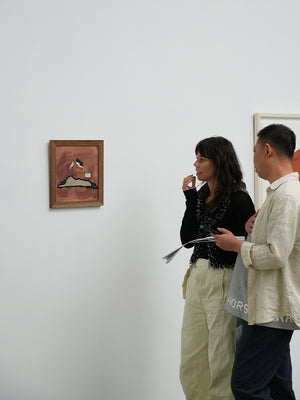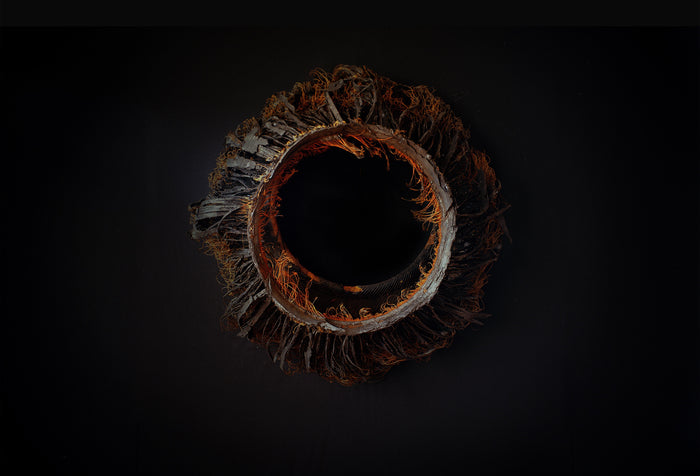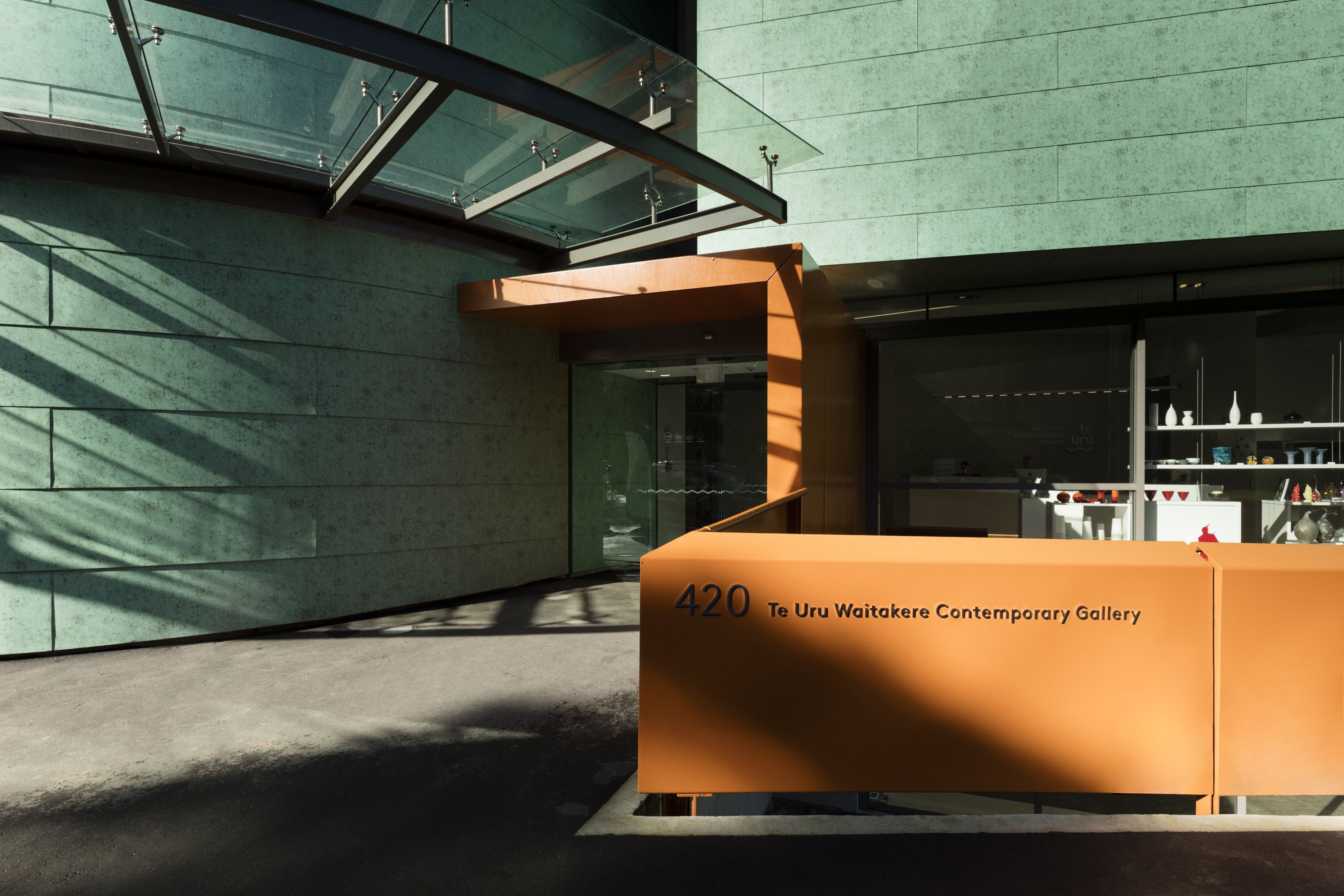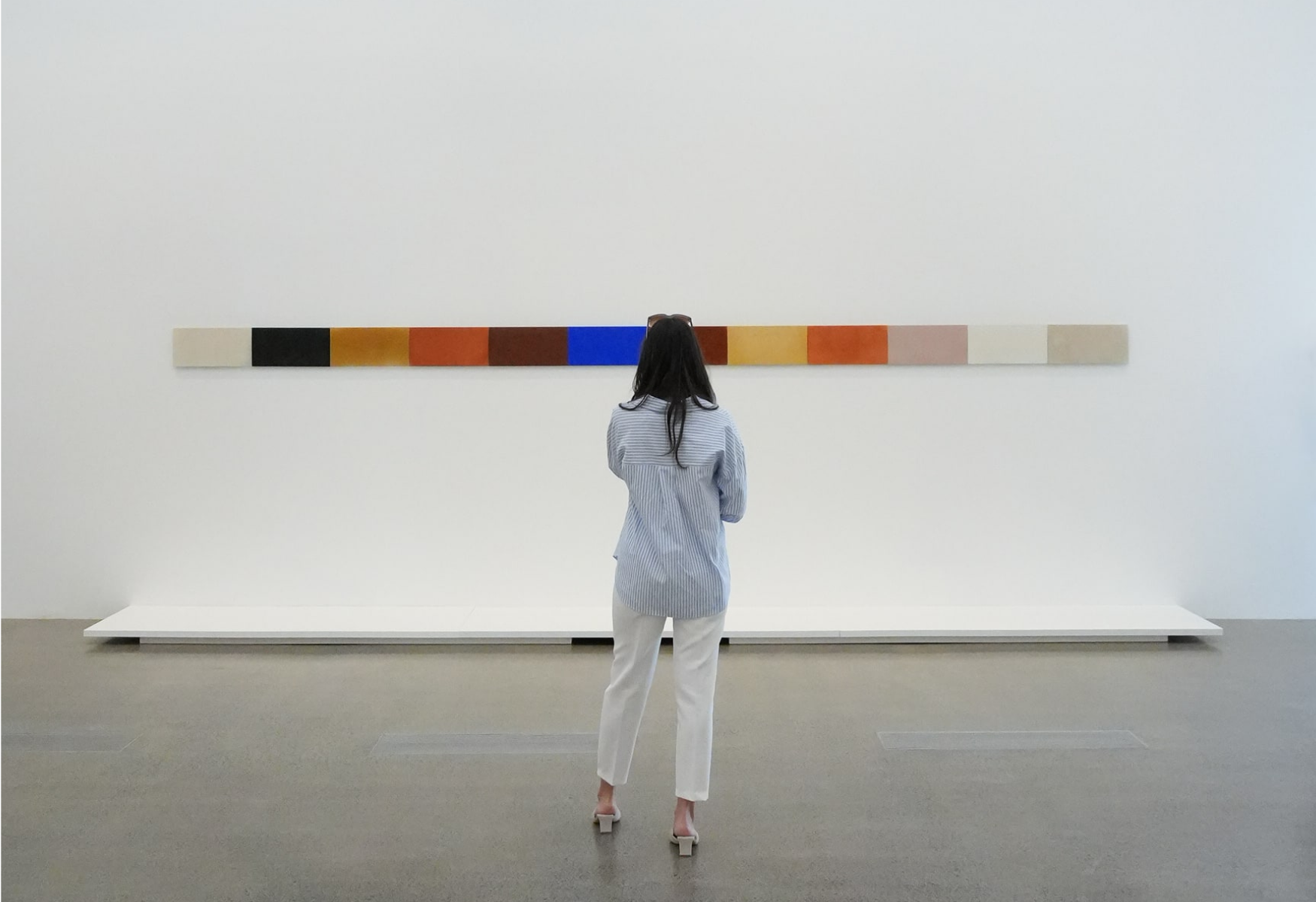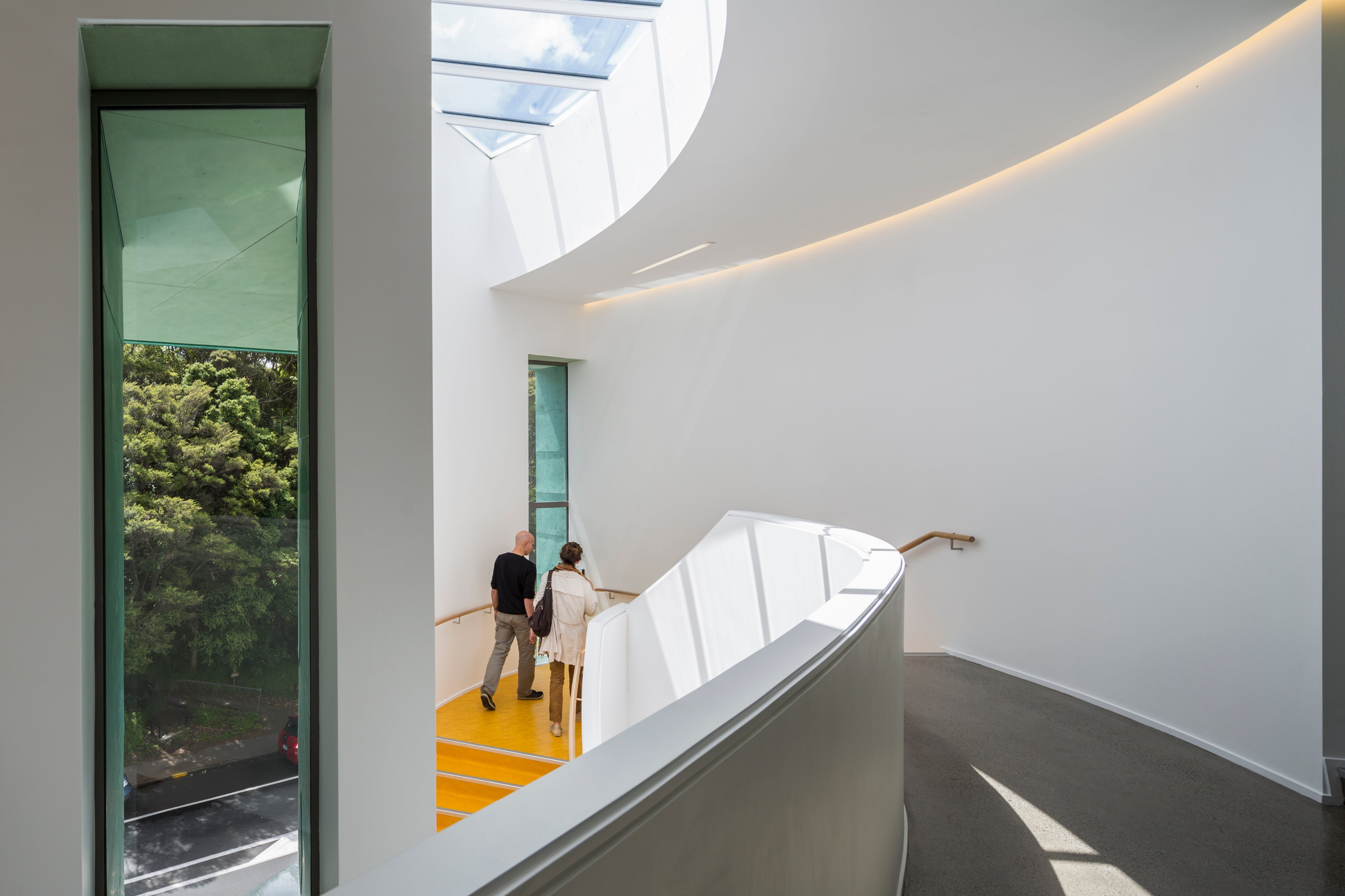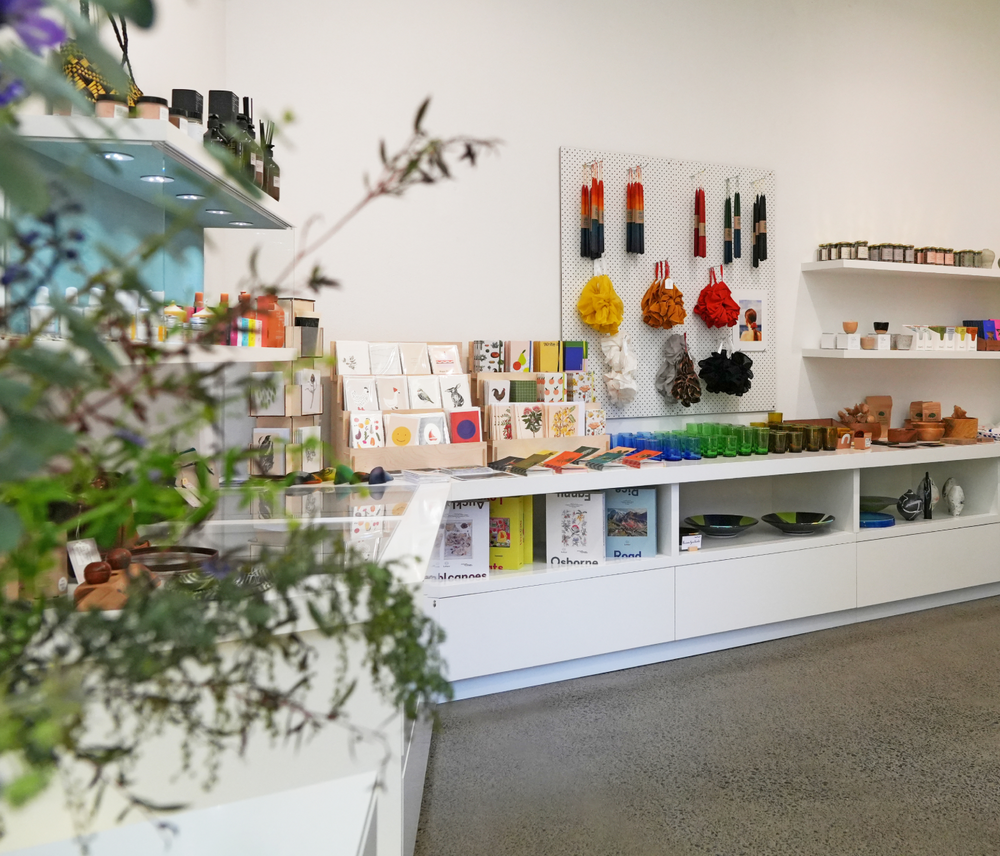Bill Hammond
Serenading Imagined Worlds
Time and location
7 DEC 2025 - 22 FEB 2026
Bill Hammond (1947–2021) is widely recognised as one of Aotearoa New Zealand’s most original and influential painters. His practice, spanning more than four decades, moves seamlessly between styles, subjects and mediums, yet always retains a voice that is unmistakably his own. Serenading Imagined Worlds surveys Hammond’s entire career, tracing his journey from an inventive young artist to a figure whose works became cultural touchstones, shaping the way we in Aotearoa see our own histories, myths and landscapes.
Serenading Imagined Worlds brings together works from four distinct chapters of Hammond’s practice, allowing audiences to see the full sweep of his career—from the handcrafted playfulness of his wooden works,to the detail of his prints, the raw vitality of paintings from the 1980’s and early 1990’s, and the profound otherworldliness of paintings influenced by his visit to the Auckland Islands. Exhibited together, the works reveal an artist who refused to be confined, who consistently remade himself, and who, through his distinctive vision, reshaped how we imagine our place in the world.
Hammond’s early works epitomise the spirit of experimentation and play. He crafted works from wood—objects rarely exhibited but filled with the humour, imagination and handcrafted ingenuity that are threads throughout his oeuvre. These formative works show an artist testing the boundaries of art and object, already attuned to the possibilities of reinvention.
In the 1980s, Hammond’s painting took on an edgier, more confrontational tone, reflecting the cultural and political undercurrents of the time. Early in the same decade he produced finely wrought etchings which combined his own unique symbolism heavy illustrations within printmaking traditions.
His paintings from this time drew on popular culture, music, and anarchistic aesthetics, channelling a raw energy that illustrated discontent and rebellion. This chapter in his practice marked Hammond as an artist in tune with his generation, unafraid to challenge conventions and insert urgency and irreverence into the visual language of art in Aotearoa.
A notable turning point in the artists career came in 1989, when Hammond joined an artists’ expedition to the Auckland Islands, a subantarctic wilderness south of Aotearoa. The encounter with an environment largely unaltered by human presence proved transformative. The stark landscapes and the history of these islands—once teeming with birdlife—ignited Hammond’s imagination. From this experience grew the bird-human hybrids that would come to define his most famous paintings. These enigmatic figures, perched in brooding forests or floating through surreal, watery realms, embody both beauty and unease. They evoke the fragility of nature, the weight of colonial histories, and the shifting boundaries between the human and the non-human.
Bill Hammond’s art remains a taonga: a body of work that continues to resonate deeply with questions of identity, environment, and imagination in Aotearoa and beyond.
Bill Hammond (1947–2021) was born in Christchurch. He studied at Ilam School of Fine Art, University of Canterbury, leaving in 1969. His work was championed by influential art dealers including Peter McLeavey Peter Webb and Judith Gifford. His work is currently represented in Tāmaki Makaurau by Ivan Anthony Gallery and In Wellington by McLeavey Gallery, and in Christchurch at PG Gallery.
This exhibition was made possible with the assistance of Charles Ninow, Art and Object, Webb’s, the Estate of Bill Hammond, Ivan Anthony, Olivia McLeavey.
With thanks to the funders who supported the exhibition the Te Uru Benefactors Collective. Webb’s, Artlink and Dulux.
Curated by Hōhua Thompson and AD Schierning
Image | Bill Hammond, All Along the Heaphy Highway, 1990 Collection of The Suter Art Gallery Te Aratoi o Whakatū

Ways to engage
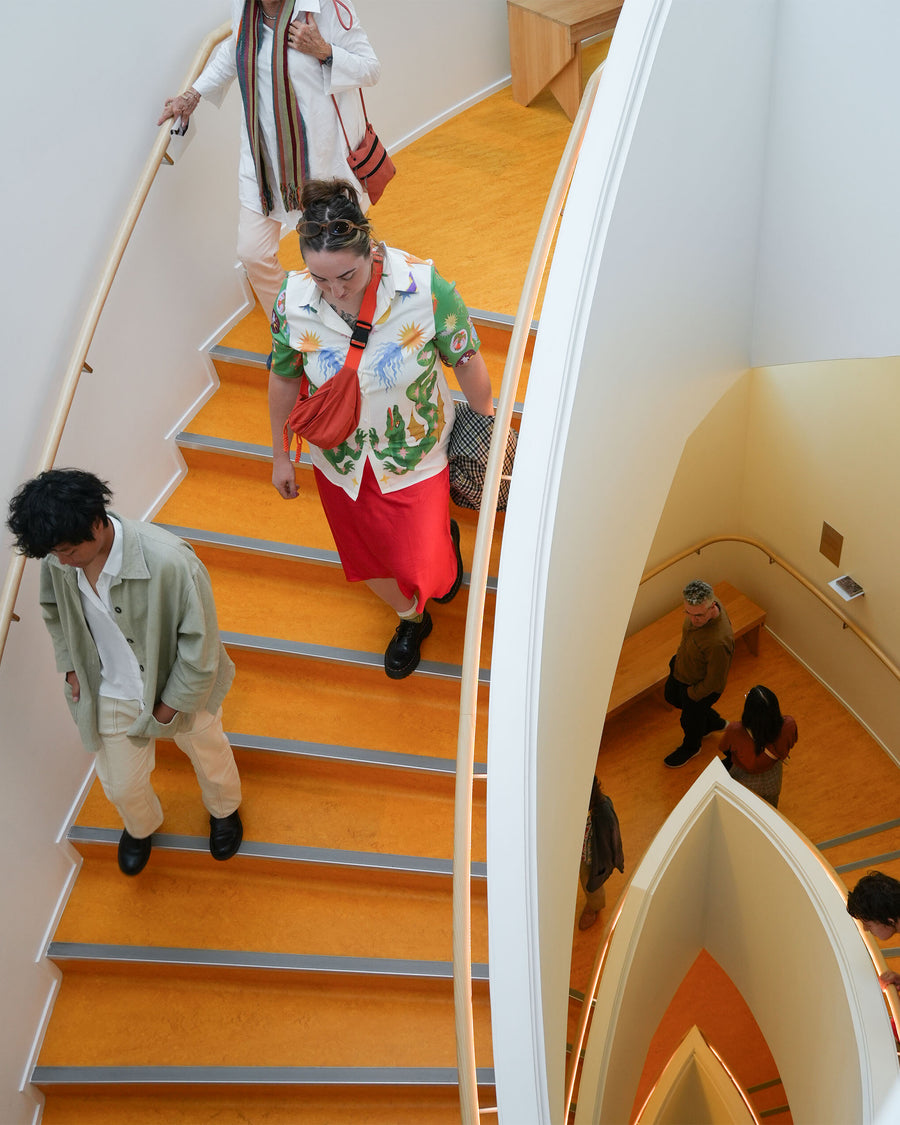
Help keep Te Uru humming
Te Uru plays a leading role in sharing contemporary art with diverse audiences. your support enables us to continue this important work by making our exhibitions and programmes accessible to everyone. By donating to Te Uru, you are contributing essential funds to the development of art in Aotearoa, and the communities it nourishes.
